There are constant rumblings throughout the fashion industry about copyright, Fast Fashion and IP ownership. Add to this debates about the impact of Fast Fashion outlets copying designer fashion and you have to wonder; how will small independent designer brands survive in an industry that is getting faster and cheaper by the day? Independent designers can't compete with the likes of Zara, the mega-brand owned by Inditex fashion magnate Amancio Ortega who was for a time last year the richest man in the world ahead of Bill Gates and is currently the second richest. Zara can copy a design developed and crafted by an independent designer or more established fashion house - check out this example of Zara copying Celine - that may have taken months to develop and have a cheaper version for sale in their stores within weeks of that design being presented (and snatched). How should independent designers confront this? If they claim infringement of their design rights can they afford to pursue legal action against the likes of Zara? Doubtful.
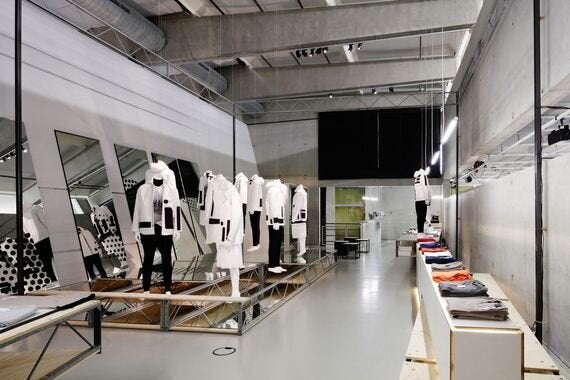
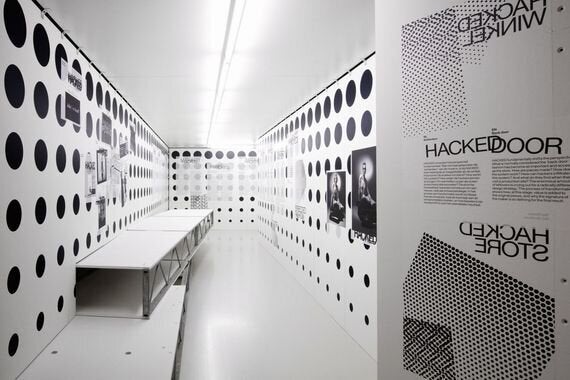
Images: Johannes Schwartz
Dutch designers Alexander van Slobbe and Francisco van Benthum took the bold and unexpected approach of hacking Zara and other retailers guilty of copying theirs and their contemporaries' designs - they're playing the retailers at their own game. They've added another phase to the clothing lifecycle by purchasing a huge quantity of dead-stock (unsold and out of season clothing that often goes to landfill) from clothing retailers selling garments 'inspired by' or derived directly from the work of other designers and re-engineered it to make it new. Some garments have pockets added. Others are slashed and have sections of fabric inserted into them to create new silhouettes. In summary, the duo have created a new collection from a number of unsold ones - hacking the hackers.
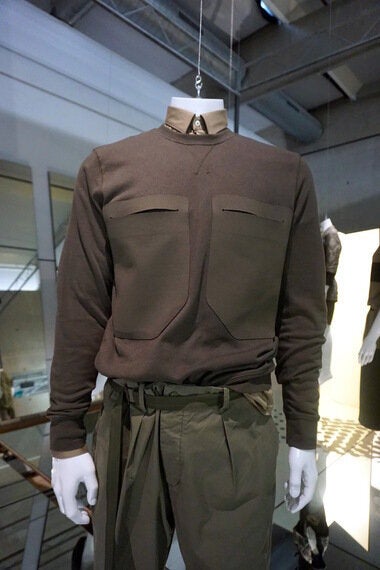
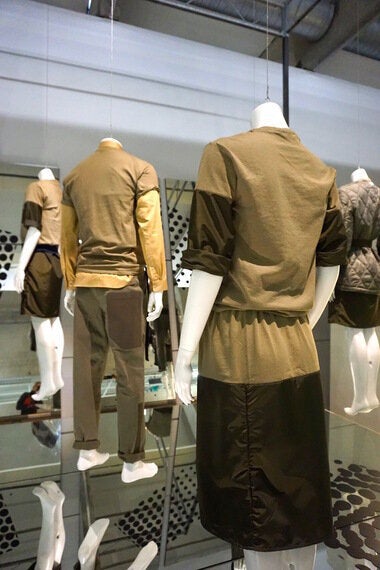
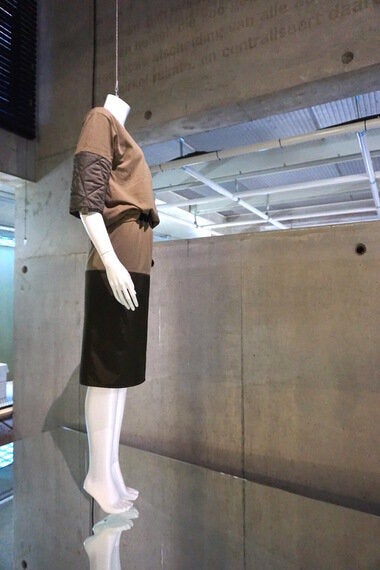
It's ingenious and inspiring. It's green and creative. The exhibition staff were on hand to explain the designers' motivation and inspiration, and what was initially a statement about industry ethics and environmental awareness has now grown into a brand. Pieces from the collection are currently exhibited and for sale at the Het Nieuwe Instituut in Rotterdam and the statement has been so popular and garnered such demand that the designers are setting up an online store too. Their stockists include Margreet Holsthoorn, an expansive gallery-like boutique I visited en route to the 'Hacked exhibition'.
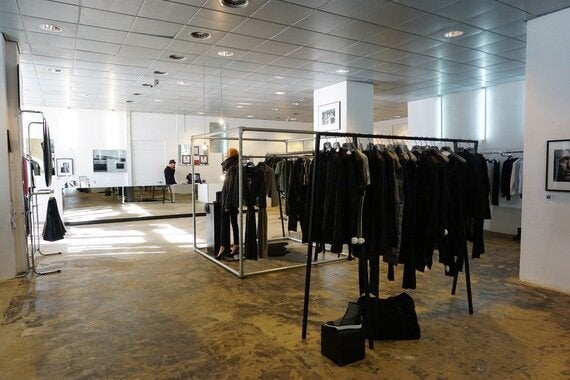
Margreet Holsthoorn Boutique, Rotterdam
The exhibition 'Hacked' features their 're-made' collection and the work of fashion students from the Willem De Kooning Academie invited to re-engineer clothing and consider the lifespan of a garment following a week long masterclass with van Slobbe and van Benthum. The thinking here is that if a garment is altered it becomes new and therefore at least equally, if not more, valuable.
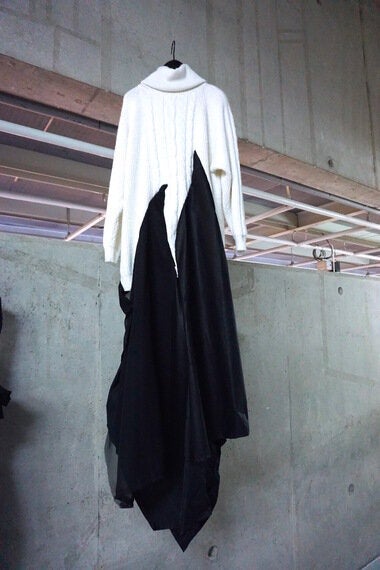
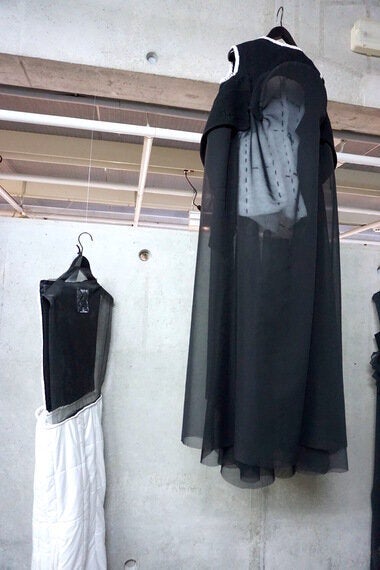
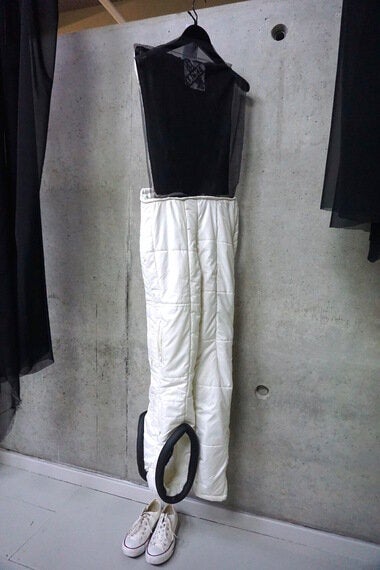
Workshops are also being held at the Instituut for school children to learn how to customise clothing to renew its appeal - even taking it as far as turning stains on t-shirts into decorative embroidered sections to make them wearable again.
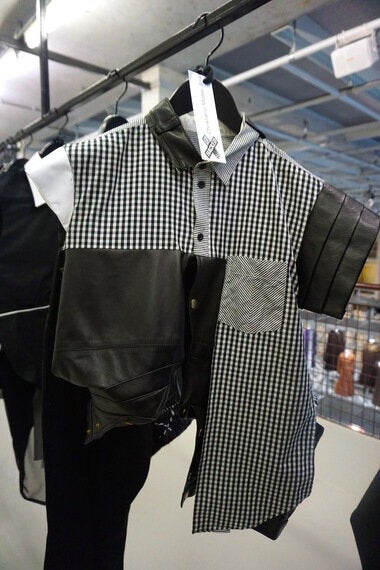
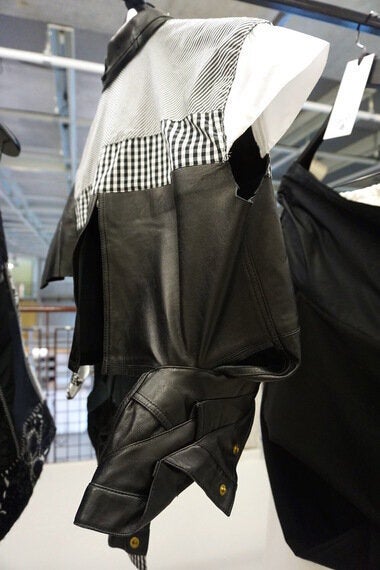
This exhibition compliments the Instituut's third floor gallery presentation 'Fashion Data', a stark reality check about the western consumption of clothing and its societal meaning, along with the implications for the planet. I'll be expanding on this in an upcoming post.
Right now, fashion is ripe for disruption - hackers welcome!
First published on Techstyler.fashion
Follow me on Instagram @techstyler
